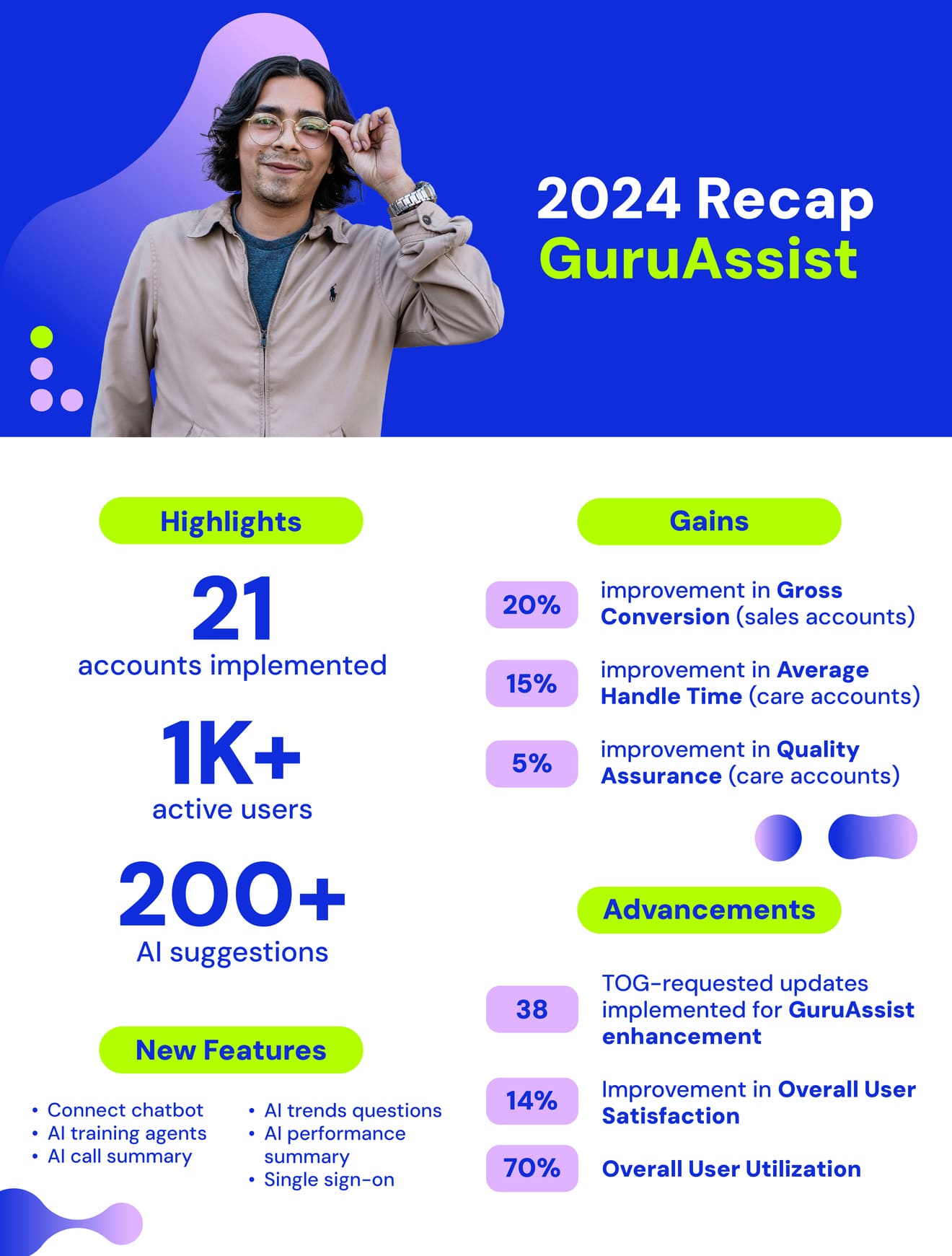Enhance your strategy with data-driven decision-making to boost efficiency and drive success in your organization.
Making well-informed decisions is essential for achieving success. Data-driven decision-making (DDDM) empowers organizations to utilize data analytics and insights to guide their strategies and actions. By harnessing the power of data, companies can enhance efficiency, improve customer experiences, and drive innovation. This approach not only results in better outcomes but also fosters a culture of accountability and transparency within teams. As we delve deeper into the various aspects of data-driven decision-making, we will explore its importance, benefits, implementation steps, challenges, and essential tools that can help your organization thrive in a competitive landscape.
What is Data-Driven Decision Making?
Data-driven decision-making (DDDM) is a strategic approach that leverages data analysis and interpretation to inform and guide business decisions. This methodology prioritizes empirical evidence over intuition or anecdotal information. Key concepts of data-driven decision-making include collecting relevant data, analyzing trends, and applying insights to enhance operational effectiveness and drive growth.
One of the primary differences between data-driven and intuition-based decision-making lies in their foundation. While intuition-based decisions are often influenced by personal experiences or gut feelings, data-driven decision-making focuses on objective data and analytics. This approach minimizes biases and errors, leading to more accurate and reliable outcomes. By harnessing data, organizations can identify patterns, forecast potential challenges, and seize opportunities with greater confidence.
Various types of data are used in the decision-making process, including quantitative data, which encompasses numerical metrics such as sales figures and customer demographics, and qualitative data, which includes insights from customer feedback, surveys, and interviews. Additionally, big data, which refers to vast and complex datasets, allows companies to uncover deeper insights that drive innovation and competitive advantage. By integrating these diverse data types, businesses can create a comprehensive view that supports effective decision-making and fosters a culture of continuous improvement.
The Importance of Data-Driven Decision Making
In today’s fast-paced business environment, the importance of data-driven decision-making cannot be overstated. By leveraging data analytics, organizations can enhance the accuracy and efficiency of their operations. When decisions are backed by solid data, the likelihood of errors diminishes, enabling teams to allocate resources more effectively and optimize processes. This strategic approach not only leads to better outcomes but also fosters a culture of accountability and transparency.
Moreover, data-driven decision-making plays a crucial role in improved risk management and forecasting. By analyzing historical data and identifying trends, businesses can anticipate potential challenges and mitigate risks before they escalate. This proactive stance allows organizations to remain agile and responsive to market changes, ensuring they stay ahead of the competition. Accurate forecasting enables better planning, essential for maintaining operational stability and achieving long-term goals.
One of TOG’s solutions preferred by our clients is GuruAssist. This AI-based tool allows us to support your company at every level, from managers to agents. Incorporating our tool into your process, allows us to guide you through a path of improvement in productivity and efficiency.
Furthermore, embracing a data-driven mindset significantly impacts organizational growth and innovation. With insights derived from data analysis, companies can identify new market opportunities, tailor their products and services to meet customer needs and drive innovation within their teams. This focus on evidence-based strategies not only enhances competitive advantage but also fosters an environment where creativity and analytical thinking thrive. As organizations evolve, integrating data-driven decision-making will be paramount to their success and sustainability.
How Organizations Benefit from Data-Driven Decision Making
In today’s rapidly evolving business landscape, organizations leveraging data-driven decision-making often find themselves at a significant advantage. By utilizing data analytics, companies can transform raw data into actionable insights that inform strategic choices.
Many companies from different industries have trusted our gurus with different efforts to improve their business results. This is the wrap-up of our achievements from 2024 with GuruAssist:

These examples illustrate how data-driven decision-making can lead to improved performance metrics across various sectors. Organizations embracing this approach often experience enhanced operational efficiency, increased revenue, and a stronger competitive edge in the market. As more businesses recognize the power of data, the importance of integrating data analytics and human expertise into their decision-making processes will continue to grow.
Steps to Implement Data-Driven Decision Making
Implementing data-driven decision-making is essential for businesses aiming to enhance performance and achieve sustainable growth. The first step is identifying relevant data sources. This involves evaluating internal and external data streams such as customer feedback, sales figures, market trends, and social media analytics. By gathering data from these sources, organizations can create a comprehensive view of their operational landscape and identify patterns that inform strategic decisions.
Next, establishing clear objectives and key performance indicators (KPIs) is crucial. Defining what success looks like for your organization allows you to focus your data collection efforts on metrics that matter. For instance, if improving customer satisfaction is a goal, relevant KPIs might include Net Promoter Score (NPS) or customer retention rates. This clarity ensures that your data-driven initiatives align with your overall business strategy.
Lastly, utilizinganalytical tools and technologies can significantly enhance data analysis capabilities. Investing in robust analytics platforms allows businesses to transform raw data into actionable insights. These tools often provide visualization capabilities that make complex data easily digestible, enabling teams to make informed decisions swiftly. At The Office Gurus, we offer comprehensive solutions that help your team leverage data effectively, driving informed decision-making processes and enhancing overall productivity.
Challenges in Data-Driven Decision Making
Data-driven decision-making is increasingly vital for modern businesses, yet it comes with challenges that organizations must navigate. One significant hurdle is ensuring data quality and integrity. Poor-quality data can lead to incorrect conclusions, misguided strategies, and wasted resources. Organizations must invest in robust data governance practices to maintain the accuracy and reliability of their data.
Additionally, there is a need to balance data analysis with human intuition. While data provides valuable insights, over-reliance on it can overshadow the importance of experience and contextual understanding. Successful decision-making should integrate data-driven insights and human judgment, allowing organizations to leverage the strengths of both approaches. By addressing these challenges, businesses can enhance their data-driven decision-making processes and ultimately achieve better outcomes.
A great way to reach this is through the support of our team and our AI-powered tool GuruAssist. Connect with a guru today and embark on a journey of digital transformation and business efficiency.
Tools and Resources for Data-Driven Decision Making
Data-driven decision-making is essential for businesses looking to gain a competitive edge and foster continuous improvement. To effectively implement this approach, organizations can adopt several best practices that not only enhance decision quality but also promote a culture of learning and adaptation.
Firstly, establishing clear objectives is crucial. Decision-makers should define specific, measurable goals that align with the organization’s vision. This clarity helps in identifying the relevant data to collect and analyze. Secondly, leveraging the right tools is vital. Platforms that facilitate data collection, analysis, and visualization can significantly streamline the decision-making process. Look for tools that integrate seamlessly with existing systems, providing real-time insights that can be acted upon swiftly.
Another best practice is to foster a culture of collaboration. Engaging team members from various departments in the decision-making process can lead to more comprehensive insights and innovative solutions. Regular training sessions on data interpretation and analytics can empower employees, ensuring everyone is equipped to contribute meaningfully to discussions.
Moreover, continuous monitoring and feedback loops are essential. After implementing decisions based on data insights, organizations should track outcomes and gather feedback to refine their strategies. This iterative process not only improves future decisions but also embeds a mindset of continuous improvement across the organization. By prioritizing these best practices, businesses can harness the power of data-driven decision-making, leading to enhanced performance and sustained growth.
All of these crucial tactics are covered by our AI-powered tool GuruAssist, and our team will walk you through the process of digital transformation to leverage technology with human connections. Contact a local guru today and start the journey.


